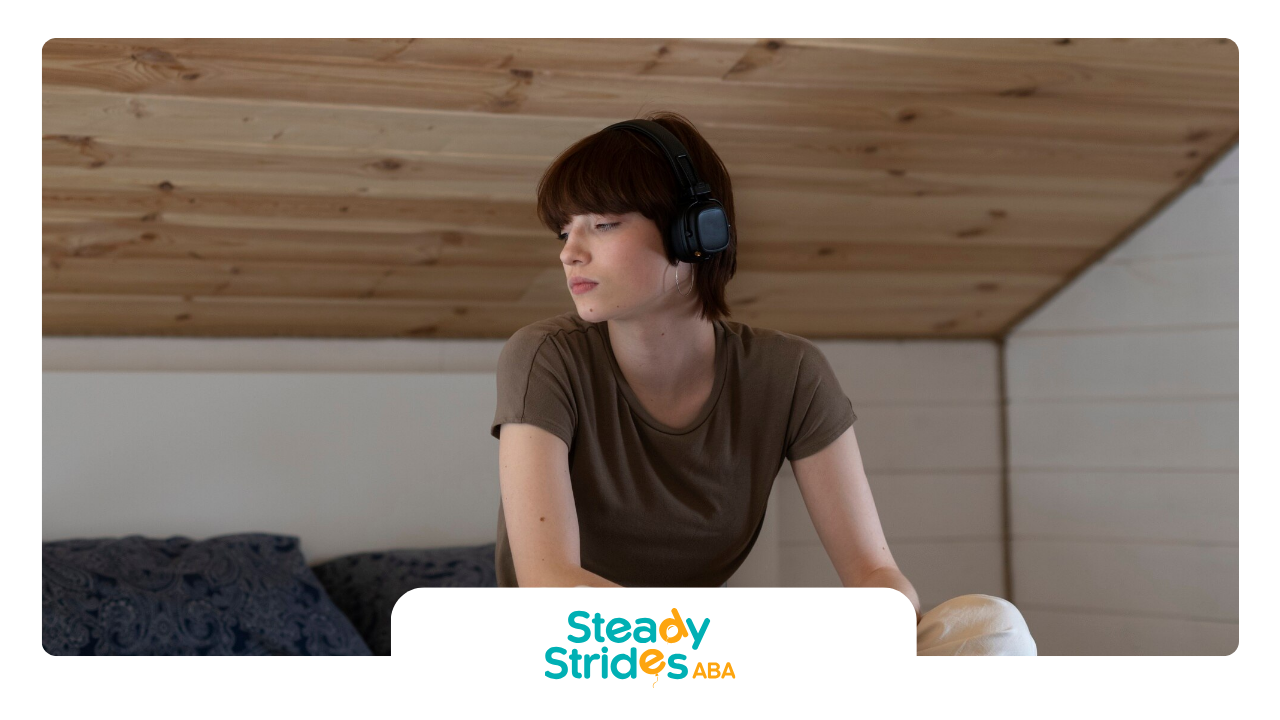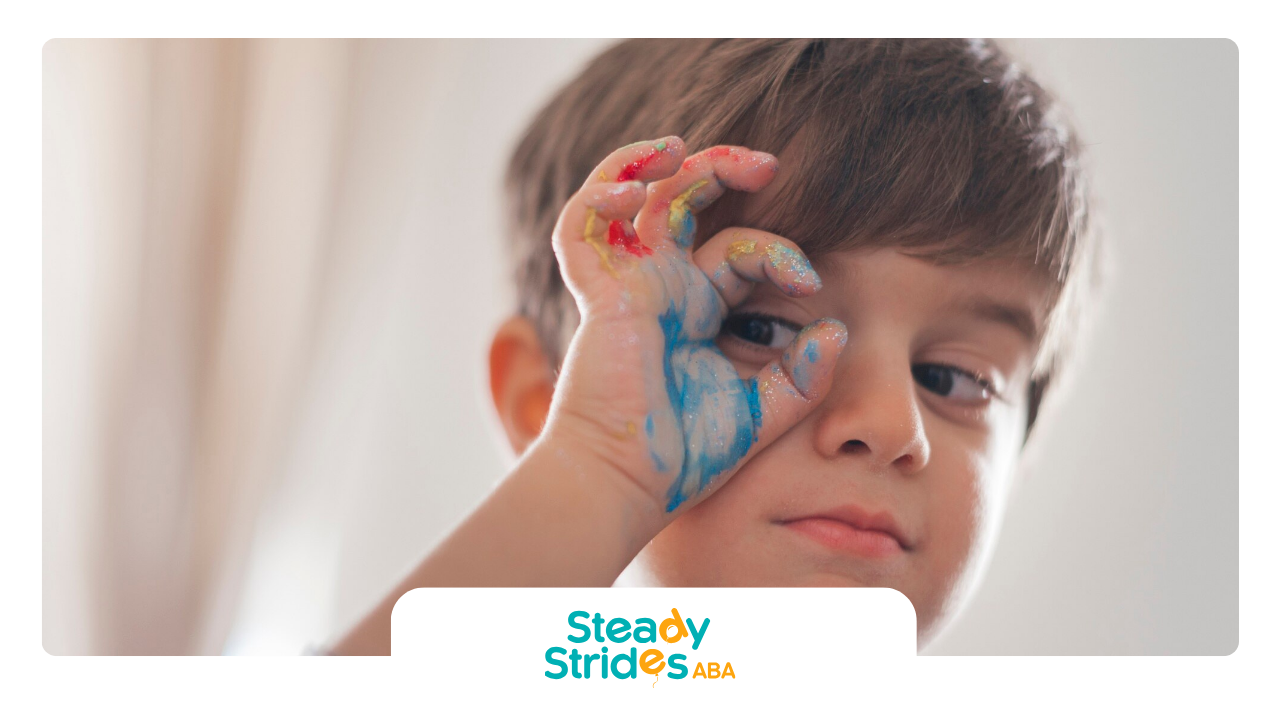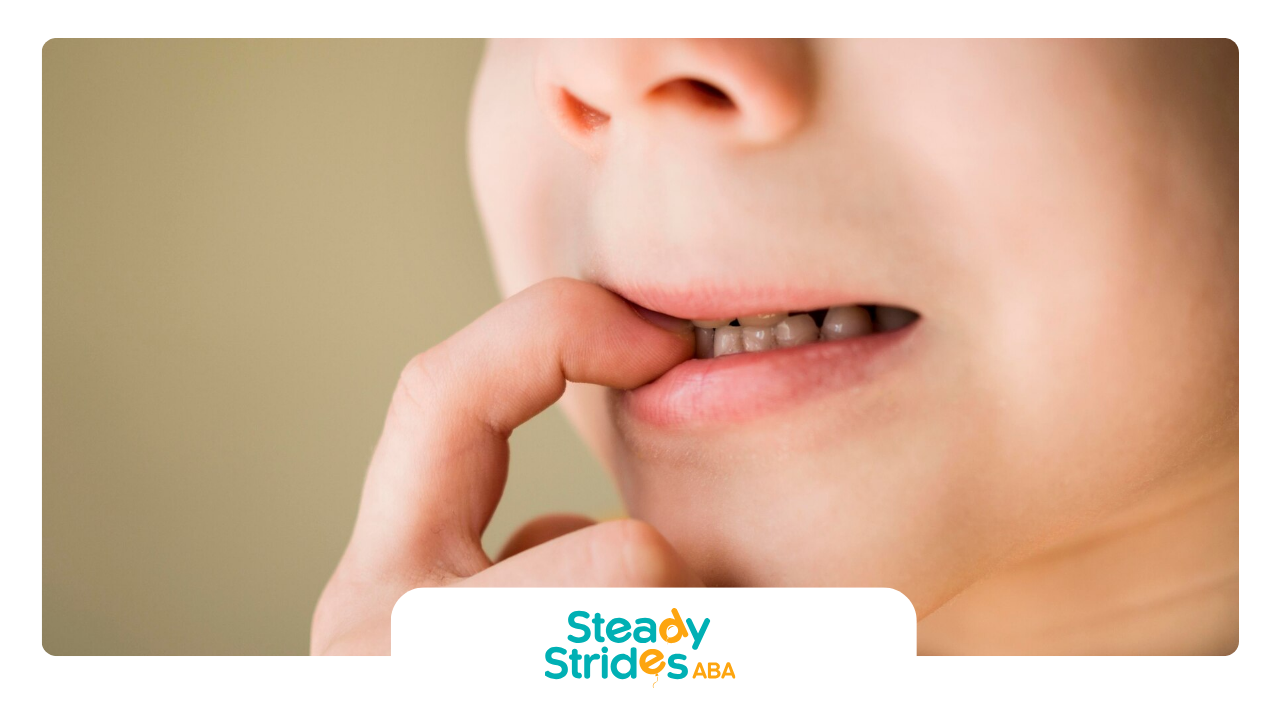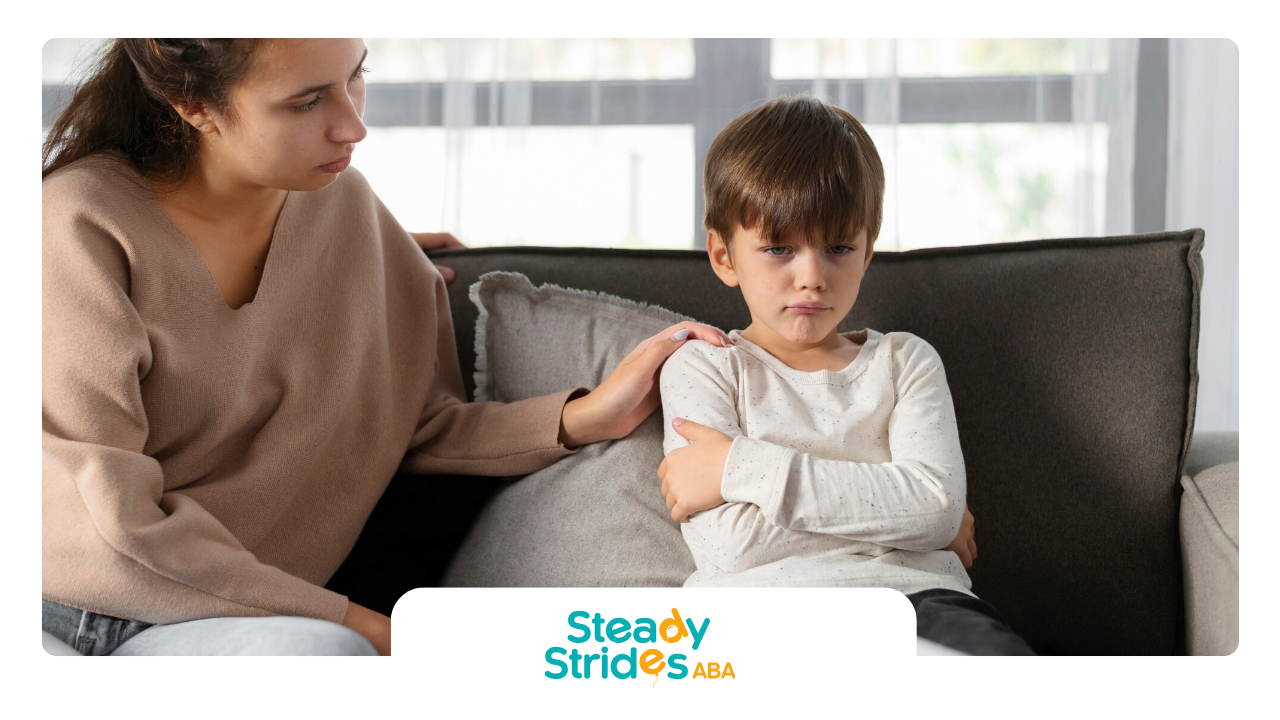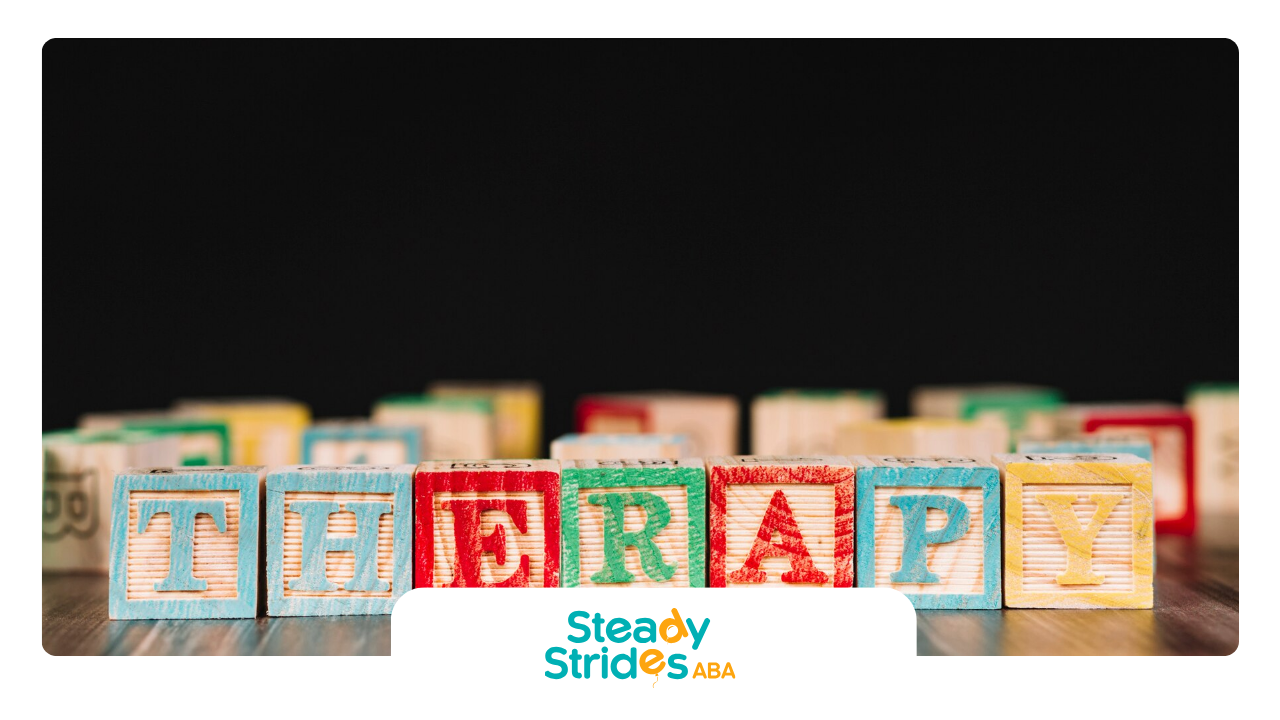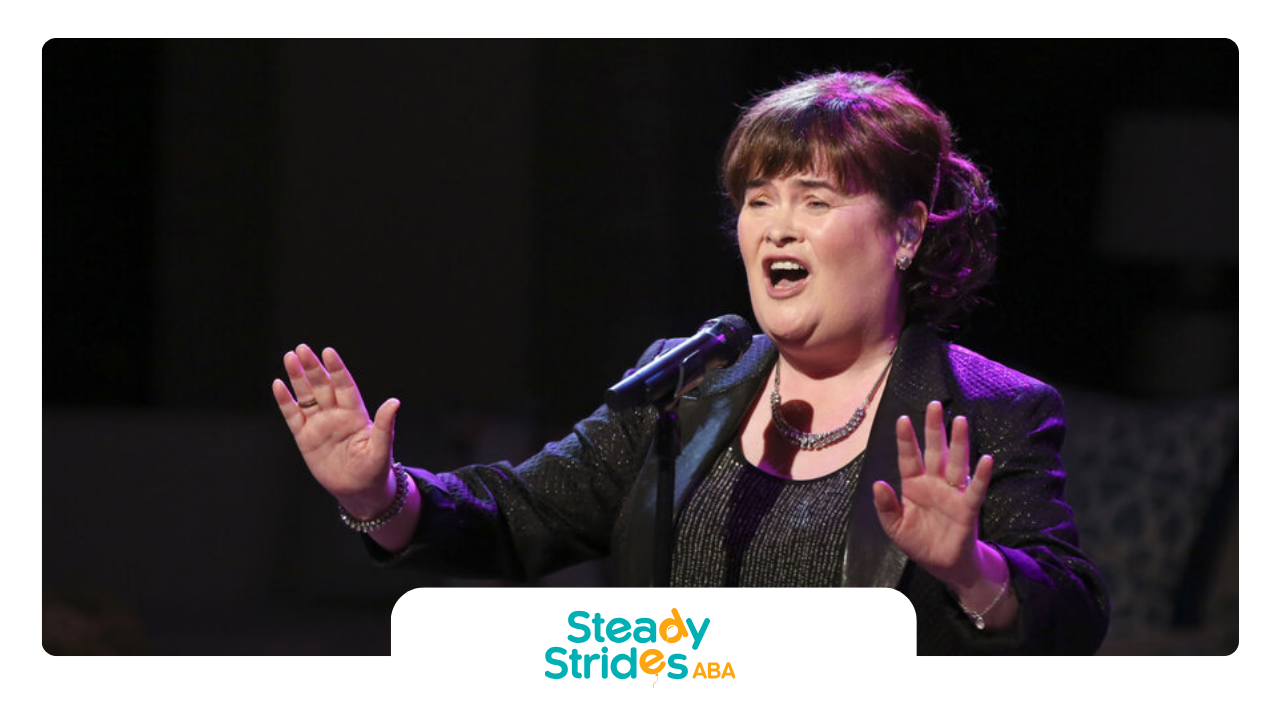Understanding Sensory Toys
Sensory toys are gaining traction for their ability to support kids with Autism Spectrum Disorder (ASD) in various ways. These aren't just playthings; they're therapeutic tools that can significantly impact a child's development and sensory integration.
Why Sensory Toys Matter
Sensory toys for children with autism offer a bunch of benefits that are crucial for their growth and well-being. These toys help kids by:
- Boosting focus and attention, making it easier for them to stick to tasks and engage with others.
- Easing stress and anxiety, giving them a sense of calm when things get too much.
- Promoting relaxation, which can lead to better moods and behavior.
- Helping with self-regulation, so they can manage their emotions and reactions to sensory input.
Using sensory toys has shown to positively impact children with autism, aiding them in daily activities and overall development. These toys are great for addressing sensory sensitivities and offering controlled sensory exploration, making it easier for kids to handle different situations.
How Sensory Toys Work
Sensory toys are designed to engage one or more of the five senses: sight, sound, touch, smell, and taste. They provide the sensory experiences that many children with autism either crave or try to avoid, depending on their needs. These toys come in all shapes and sizes, from simple tactile objects to complex, interactive gadgets that respond to a child's actions.
Key features of sensory toys include:
- Visual elements like bright colors or lights to grab attention.
- Sounds that can be calming or engaging.
- Tactile surfaces or materials that invite touch and exploration.
- Interactive features that provide feedback and satisfy sensory needs.
The functionality of sensory toys is also key. Toys that can be personalized and adjusted meet the varying sensory needs of different kids. For example, some toys have settings for sound or vibration intensity, making it easy to match the toy to the child's preferences and tolerance levels.
Sensory toys aren't just helpful; they're essential for many kids with autism to process sensory information and interact with their surroundings. Parents, therapists, and educators can find a wide range of therapeutic toys for autism, developmental toys for autism, educational toys for autistic children, and interactive toys for autistic children to support each child's unique needs.
Why Sensory Toys Matter for Kids with Autism
For kids with Autism Spectrum Disorder (ASD), sensory toys are more than just fun—they're crucial tools that help them make sense of the world. Knowing why these toys are important can help parents and teachers create environments that truly support these kids.
What Kids with Autism Need
Kids with autism often experience the world differently because of how they process sensory information. Many have Sensory Processing Disorder (SPD), which affects up to 88% of kids with autism. This means they might either crave or avoid certain sensory experiences.
Sensory toys are designed to meet these needs by providing specific types of sensory input. This can help kids stay calm, focused, and less anxious. These toys give feedback to a child's sensory system, helping them interact with their surroundings in a way that feels right for them.
Helping Kids Stay Calm and Engaged
Sensory toys play a big role in helping kids with autism manage their emotions and stay engaged. Through sensory play, kids learn to handle different stimuli, which is key for their emotional and mental growth. These toys create a safe space for kids to explore and improve their sensory skills.
Sensory Integration (SI) therapy, developed by A. Jean Ayres, uses sensory toys to help kids better handle sensory input. This therapy aims to improve social skills, school performance, and independence by enhancing how kids process sensory information. Early studies show that SI therapy can reduce repetitive behaviors and boost social interactions and play.
By offering chances for sensory exploration, sensory toys for kids with autism are valuable tools for managing sensory challenges. These toys not only help kids relax and focus but also support their overall growth and happiness. To find a variety of sensory toys that meet different needs, check out our sections on developmental toys for autism, educational toys for autistic kids, and interactive toys for autistic kids.
Types of Sensory Toys
Sensory toys are a game-changer for kids with autism, offering a fun way to stimulate their senses and help them chill out, focus, and pick up crucial social skills like sharing and planning. Let's break down three types of sensory toys, each hitting different senses.
Auditory Toys
Auditory toys are all about sound. They can be as simple as a drum or as fancy as a high-tech gadget. These toys make noises that can either calm kids down or keep them entertained. Think musical instruments, sound-making toys, or electronic devices that give auditory feedback.
Some toys are designed to produce white noise or nature sounds, which can be super soothing for kids who get overwhelmed by too much noise. Others are interactive, helping kids understand cause and effect through sound.
| Toy Type | Description | Benefits |
|---|---|---|
| Musical Instruments | Drums, xylophones, and keyboards | Boosts auditory processing |
| Sound Buttons | Buttons that play different sounds when pressed | Promotes interactive learning |
| White Noise Toys | Toys that emit calming sounds | Helps with relaxation and focus |
Tactile Toys
Tactile toys are all about touch. They come in various forms like stuffed animals with different fabrics, squishy balls, or textured squares. Kids with autism often have strong preferences for certain textures, and these toys help them explore those preferences safely.
National Autism Resources offers cool stuff like the Weighted Turtle and Teachable Touchables Sensory Squares. These toys not only feel good but also help improve fine motor skills and tactile discrimination.
| Toy Type | Description | Benefits |
|---|---|---|
| Weighted Animals | Stuffed animals with added weight | Provides calming pressure |
| Texture Squares | Squares with various textures | Encourages tactile exploration |
| Squishy Balls | Soft, squeezable balls | Boosts fine motor skills |
Visual Toys
Visual sensory toys engage a child's sense of sight with bright colors, patterns, or lights. These toys help kids with autism develop their visual tracking and processing skills.
Reflective balls and the Easy Hold Glitter Panel Set are great examples. They help kids process visual info and improve focus.
| Toy Type | Description | Benefits |
|---|---|---|
| Light-Up Toys | Toys with flashing lights | Stimulates visual attention |
| Reflective Balls | Shiny, mirrored surfaces | Develops visual tracking skills |
| Colorful Puzzles | Puzzles with vibrant pieces | Encourages problem-solving |
Using a mix of sensory toys can really boost the playtime and development of kids with autism. By addressing their auditory, tactile, and visual needs, parents and caregivers can create a rich sensory environment that helps kids grow and learn. For more info on sensory toys and how they can support kids with autism, check out our resources on therapeutic toys for autism, developmental toys for autism, educational toys for autistic children, and interactive toys for autistic children.
Awesome Sensory Toys for Kids with Autism
Picking the right sensory toys for kids with autism can make playtime a blast while meeting their unique sensory needs. Big names like National Autism Resources and Autism Speaks have some top-notch recommendations to help you out.
National Autism Resources Picks
National Autism Resources is a go-to spot for a wide range of sensory toys that cater to kids' auditory, tactile, and visual preferences. These toys are all about creating calming and interactive experiences, which are super important for sensory exploration and growth.
Here are some of their top picks:
- Calming Sensory Tent Kit: A cozy hideaway where kids can feel safe and explore sensory items.
- Dizzy Disc:
A spinning toy that kids can sit on to boost balance and coordination.
- Hammock Swing Kit: Provides a gentle rocking motion for relaxation and sensory integration.
- Weighted Stuffed Animals: Like the Weighted Turtle, Wolf, and Axolotl, which offer comforting pressure and tactile stimulation.
| Product | Type | Sensory Focus |
|---|---|---|
| Calming Sensory Tent Kit | Visual/Tactile | Privacy, Light Control |
| Dizzy Disc | Vestibular | Balance, Coordination |
| Hammock Swing Kit | Proprioceptive | Rocking, Balance |
| Weighted Turtle | Tactile | Pressure, Comfort |
National Autism Resources also has sensory room furniture to help create a multi-sensory environment that's both interactive and calming.
Autism Speaks Recommendations
Autism Speaks highlights the importance of sensory toys in stimulating the senses, helping kids with autism stay calm and meet their sensory needs. These toys provide sensory feedback and help regulate sensory systems.
Their recommended toys are inclusive, allowing kids with autism to play with family, friends, or peers. Some examples include:
- Sensory Favorites Gift Sets: Collections of toys chosen for their sensory appeal and ability to engage kids with autism.
- Sensory Pillows: Pillows with different textures and weights for tactile and proprioceptive input.
- Weighted Stuffed Animals: Plush toys that offer comforting weight and tactile stimulation.
- Fidget Sets: Assorted items that kids can manipulate to help focus and self-regulate.
| Product | Type | Sensory Focus |
|---|---|---|
| Sensory Favorites Gift Sets | Various | Multiple Sensory Inputs |
| Sensory Pillows | Tactile | Texture, Weight |
| Weighted Stuffed Animals | Tactile | Pressure, Comfort |
| Fidget Sets | Tactile/Kinesthetic | Manipulation, Focus |
Autism Speaks also supports sensory crates, which include a mix of fun toys that often feature popular characters to encourage play and interaction.
In a nutshell, both National Autism Resources and Autism Speaks offer great advice on picking sensory toys that are super helpful for kids with autism. These toys are key in providing sensory stimulation and promoting calm and focus. For more info on toys that support developmental goals, check out developmental toys for autism. For educational purposes, explore educational toys for autistic children. For more interactive options, see interactive toys for autistic children.
Making a Sensory-Friendly Space for Kids with Autism
Creating a comfy, sensory-friendly space for kids with autism is a game-changer. It gives them a safe spot to explore, chill out, and manage sensory overload. Let's chat about how to set up these spaces with the right furniture and sensory areas to meet their unique needs.
Sensory Room Furniture
Think of sensory room furniture as the cozy, therapeutic stuff that helps kids with autism feel at ease. We're talking about soft, cushy pieces that can be used in different ways to support their sensory needs. National Autism Resources has some great options like the Sensory Rocker, Floor Surfer, and Galaxy Gel Weighted Lap Pad. These items help create a sensory-rich environment.
| Furniture Item | Sensory Benefit |
|---|---|
| Sensory Rocker | Gentle rocking motion to calm and soothe |
| Floor Surfer | Encourages movement and motor skills |
| Galaxy Gel Weighted Lap Pad | Deep pressure input for relaxation |
These pieces not only help with sensory exploration but also make the room feel more welcoming. When picking out furniture, think about what the child likes and needs to make the space just right for them.
Multi-Sensory Areas
Multi-sensory areas are spots in the room where different senses get a workout all at once. Setting up these areas means adding toys and products that stimulate sight, sound, touch, and even smell and taste. National Autism Resources has some cool sensory toys like the Easy Hold Glitter Panel Set for visual fun and the Teachable Touchables Sensory Squares for touchy-feely play.
To make a great multi-sensory area, try these tips:
- Visual Fun:
Use bright colors, patterns, or light-up toys to grab attention and provide calming visual input.
- Touchy-Feely:
Offer different textures and materials like sensory mats, squishy toys, or fabric swatches for kids to explore.
- Sound Play: Add toys that make sounds or play music, which can be soothing or stimulating depending on what the child needs.
By mixing these elements, kids with autism can interact with their surroundings in a way that helps their sensory and emotional growth. The goal is to create a space where they feel safe and curious.
Besides National Autism Resources, there are other places to find therapeutic toys for autism, developmental toys for autism, educational toys for autistic children, and interactive toys for autistic children. These toys and tools can make a big difference in creating a sensory-friendly environment, making playtime both fun and beneficial for kids with autism.
DIY Sensory Toy Ideas
Making sensory toys at home can be a fun and affordable way to meet the sensory needs of kids with autism. These homemade toys can be customized to fit each child's unique preferences, offering a personal touch that store-bought toys often lack.
Budget-Friendly Ideas
You don't need to break the bank to create effective sensory toys. Everyday household items can be turned into engaging sensory tools. Here are some wallet-friendly ideas:
- Sensory Bottles: Grab some clear plastic bottles and fill them with water, food coloring, glitter, and small objects. These bottles are great for visual stimulation and can help with focus.
- Sensory Bags: Fill a sturdy plastic bag with hair gel, beads, and tiny toys. Seal it up for a mess-free tactile experience.
- Sock Puppets:
Use old socks and add buttons, yarn, and fabric scraps to make fun characters. These puppets can encourage imaginative play and improve fine motor skills.
- Rice Bins: Fill a container with rice and hide small objects inside. This provides a soothing tactile experience and helps with object recognition.
These simple toys not only engage the senses but also promote exploration and discovery, key elements in educational toys for autistic children.
Custom Sensory Play
Customizing sensory play means thinking about what each child likes and dislikes. Here are some DIY sensory toys that can be personalized:
- Texture Boards:
Create a board with different materials like fabric, sandpaper, and foam to explore various textures.
- Musical Instruments: Make simple instruments like shakers or drums from household items to engage the sense of hearing.
- Scented Playdough: Whip up some homemade playdough and add essential oils or spices for a sensory activity that combines touch and smell.
For those who want to take it up a notch, consider building a small indoor sandbox or water table. These can offer a range of tactile and proprioceptive inputs. Another idea is to create a personalized quiet book with various activities to address multiple sensory needs at once.
By making these DIY sensory toys, parents and caregivers can give kids with autism unique ways to engage their senses, manage their emotions, and enhance their learning. For more ideas, check out resources like therapeutic toys for autism and interactive toys for autistic children, which offer more insights into sensory play and development.
Always remember, safety first! Make sure all materials are non-toxic and that the toys are durable and free of small parts that could be a choking hazard. These homemade sensory toys can be a valuable addition to the tools available to support the growth and development of children with autism.



